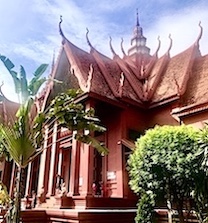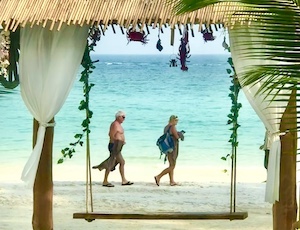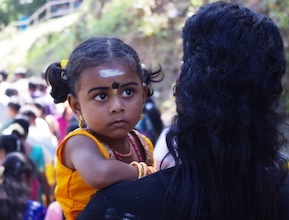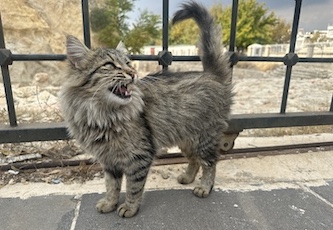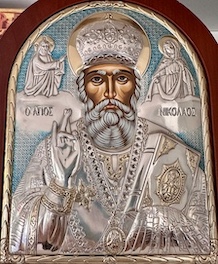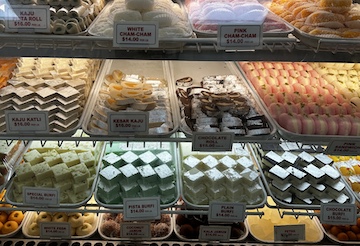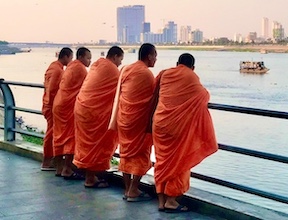SAVING PHNOM PENH’S COLONIAL HISTORY
Although Phnom Penh dates its origin from the 14th century, it wasn’t until 1863 that the city began to take its modern form. That was when Cambodia became a French protectorate, following King Norodom’s request for assistance in deflecting the armies of Thailand and Vietnam. In 1866, Norodom moved his capital from rural Oudong to the confluence of the Mekong, Tonlé Sap and Bassac rivers. Four years later, he built a Royal Palace in the iconic style of the Khmer Empire. Its spires still soar skyward, its sacred elements reflecting Hindu and Buddhist mythology. Few organized tours in contemporary Phnom Penh consider the colonial architectural heritage. This is a shame. It can easily be explored in a stroll of only about 10 minutes from Wat Phnom, the medieval pagoda that is, in its essence, the center of the city.


